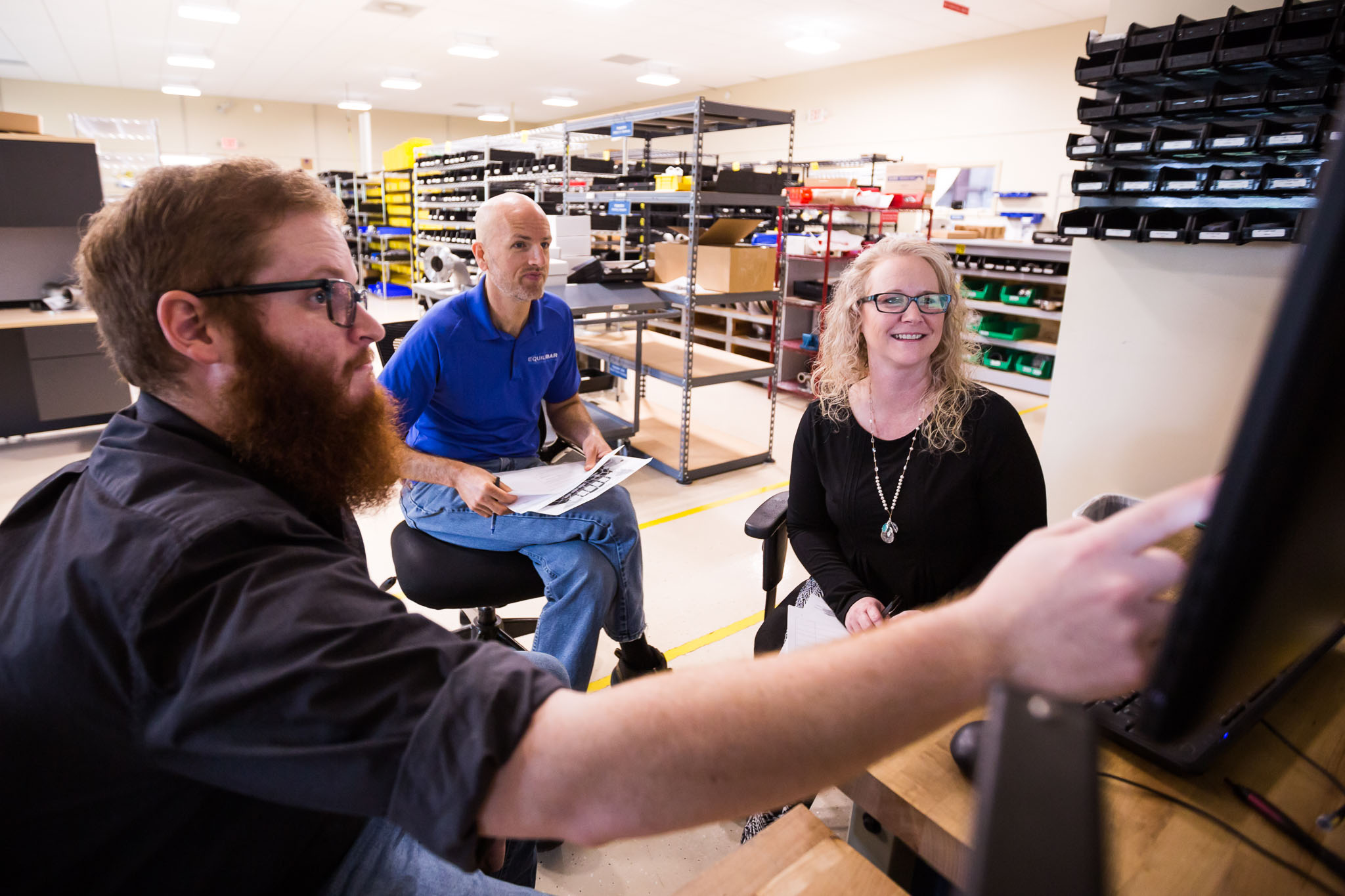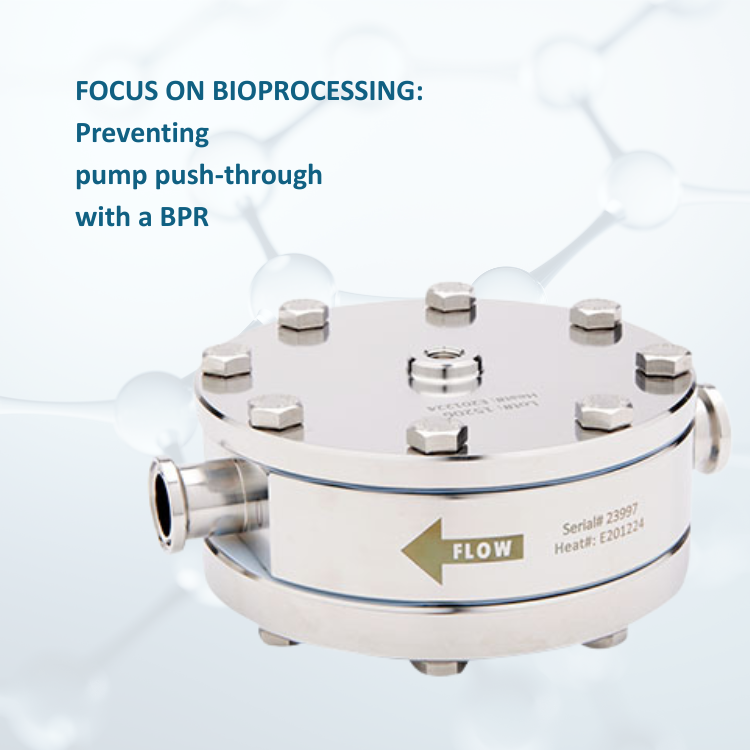Happy New Year! If you haven’t checked out the Equilibar YouTube Channel in a while, you may want to do so. We have created several new and informative videos in the last few months.
In the first video, Equilibar Vice President David Reed gives a laboratory demonstration of a back pressure regulator that has high resolution and can accurately control pressure to within fractions of an inch of water column. An Equilibar QPV1 electronic pressure regulator is used to provide an air pilot signal to the dome of the Equilibar back pressure regulator. The command signal for the electronic regulator comes from a height sensing proximity sensor that measures the height of David’s hand.
The purpose of the video is to demonstrate that the Equilibar pressure regulator design can be controlled accurately to within a fraction of an inch of water column, which can be useful in applications controlling the differential pressure across a membrane. Examples of this include fuel cell membrane development or testing and transmembrane pressure control (TMP) in tangential flow filtration (TFF) or in ultrafiltration applications. We also believe that high pressure water hydrolysis applications could make use of two Equilibar pressure regulators to control the pressures of hydrogen and oxygen gas very closely while at an extremely high common mode pressure.
This video was shot using a demo that was built for use at the InterPhex BioPharma Trade Show in New York City in April 2018.
The second video uses the same demonstration unit to illustrate a simple method to directly control the level of a fluid in a vessel.
The height of a column of fluid (the level in a tank) is directly controlled by applying the desired column height as an air pilot signal to the dome of the Equilibar back pressure regulator (BPR). The Equilibar BPR is so accurate that it will faithfully mimic the pilot pressure on its controlled (inlet) pressure port. While this demonstration is meant to showcase the amazingly smooth high resolution of the Equilibar regulator, there are a few practical applications for this approach to level control. For example, if the fluid is foamy, bubbly, sticky, corrosive, consisting of mixed phases, or in any other way problematic, this approach might work better than traditional methods.
A third video uses a laboratory setup to show how an Equilibar high speed vacuum valve can respond quickly to changes in vacuum setpoint and to changes in flow in the vacuum system. It demonstrates performance of an Equilibar vacuum regulator in a standard setup and then again with a volume chamber added.
Equilibar EVR series vacuum regulators are able to respond quickly because they are pilot operated. The pilot setpoint vacuum pressure is always present on the top side of the internal diaphragm. Any change in the system vacuum level is quickly and automatically compensated for as it is instantly detected by the large internal diaphragm. The diaphragm responds in a precise 1 to 1 relationship between the pilot vacuum and the system vacuum being controlled. This is a dramatic improvement over the traditional method of using a control valve, like a butterfly valve for example, and an external PID control loop.
Finally, be sure to check out a video featuring Ryan Heffner, design engineer, as he demonstrates how to use an Equilibar BPR to control the outlet pressure of a CO2 evaporator in a refrigeration cycle.
CO2 is becoming a popular refrigerant because of its abundance and environmental qualities and because it offers efficiency benefits. In this demonstration, the objective of the Equilibar back pressure regulator is to control constant CO2 vapor pressure in the saturated vapor range (where liquid and vapor coexist) to ensure that the heat exchange process is carried out in a targeted and efficient isothermal condition. The excellent performance of the Equilibar back pressure regulator at extreme temperatures, high pressures and multi-phase flow make it an ideal candidate for this application.
For more details about these and other fluid control products, explore our website or YouTube channel. We also invite you to contact one of our experienced engineers. We look forward to working with you in 2019!



